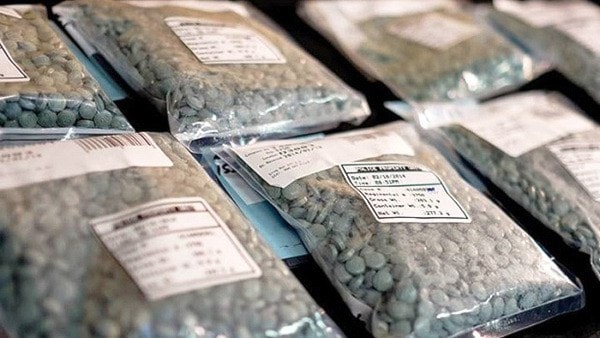The provincial government has created a Joint Task Force on Overdose Response, in order to attempt to reduce the alarming surge in deaths from illicit drug use.
The task force will be headed by provincial health officer Dr. Perry Kendall and director of police services Clayton Pecknold. Other members will include representatives from the BC Centre of Disease Control (BCCDC) and the Ministries of Health and Public Safety.
The rate of illicit drug overdose deaths has been climbing steadily since 2008, when a total of 183 were recorded. However, the sudden, sharp increase in the number of deaths from drug overdoses in the province prompted Kendall to declare a public health emergency earlier this year.
The first half of 2016 has already seen 371 overdose deaths, compared with 494 for all of 2015. Some 60 per cent of the fatal overdoses have been tied to the use of the drug fentanyl.
The task force will provide expert leadership, and advise the province on what more can be done. The BCCDC has recently released a meeting report containing 12 key actions which it believes could help reduce drug overdoses. These include enhanced surveillance/data collection to better track and respond to overdoses; an increase in the number of supervised consumption sites; development of the capacity to check street drugs; increased availability of naloxone to reverse overdoses; and the launch of a targeted provincial public awareness campaign.
Premier Christy Clark would like the federal government to assist, by working with Victoria to create new supervised consumption sites throughout the province. She would also like Ottawa to restrict access to pill presses and tableting machines, which are currently legal to possess; limit access to the materials used to manufacture fentanyl; and escalate the charges for importing and trafficking fentanyl.
The province has implemented a take-home naloxone program, which includes training, and it is available at more than 260 locations across B.C. The federal government has recently approved naloxone nasal spray kits for sale in Canada, and is working with Health Canada and the provincial government to introduce this product to B.C. as soon as possible.
Naloxone is a safe medication that can reverse the effects of an overdose of an opioid drug, such as heroin, morphine, fentanyl, and oxycodone. The take-home naloxone program is credited with more than 700 opioid drug overdose reversals.
“While we are leading the country in addressing this issue, families are still losing loved ones to senseless and tragic drug overdoses,” says Clark. “This task force will help the province take the additional steps needed to get drugs like fentanyl off the street, get people the treatment they need, and keep families healthy and safe.”
